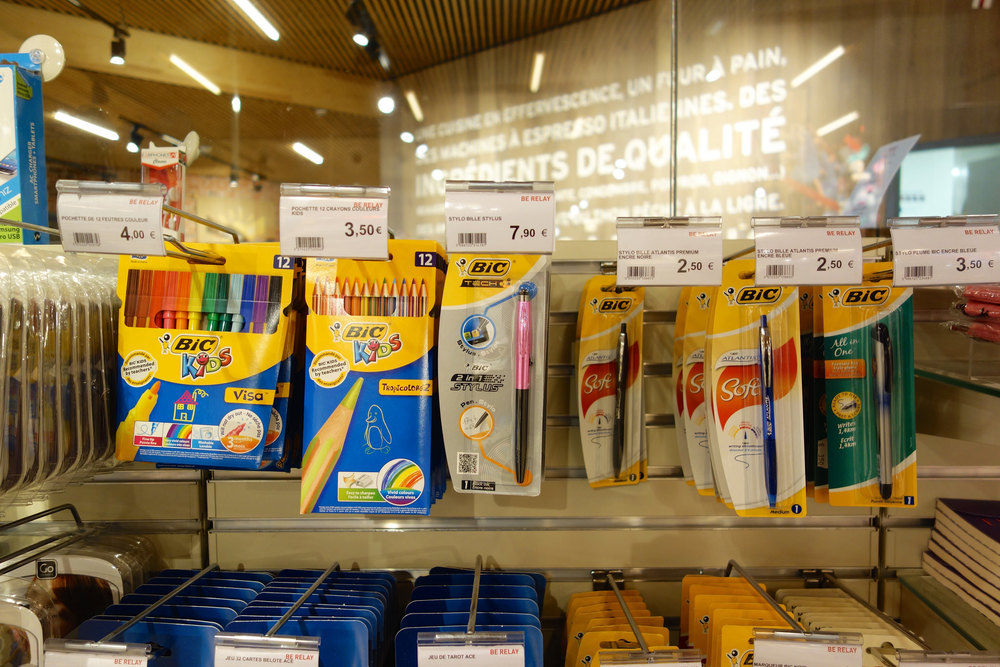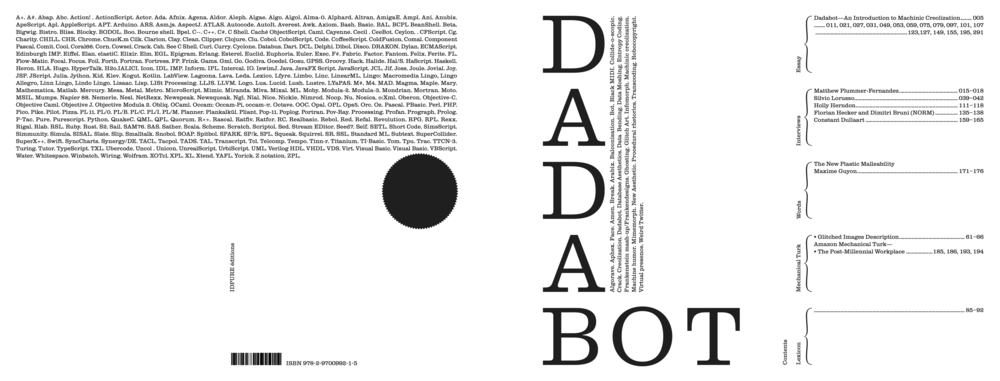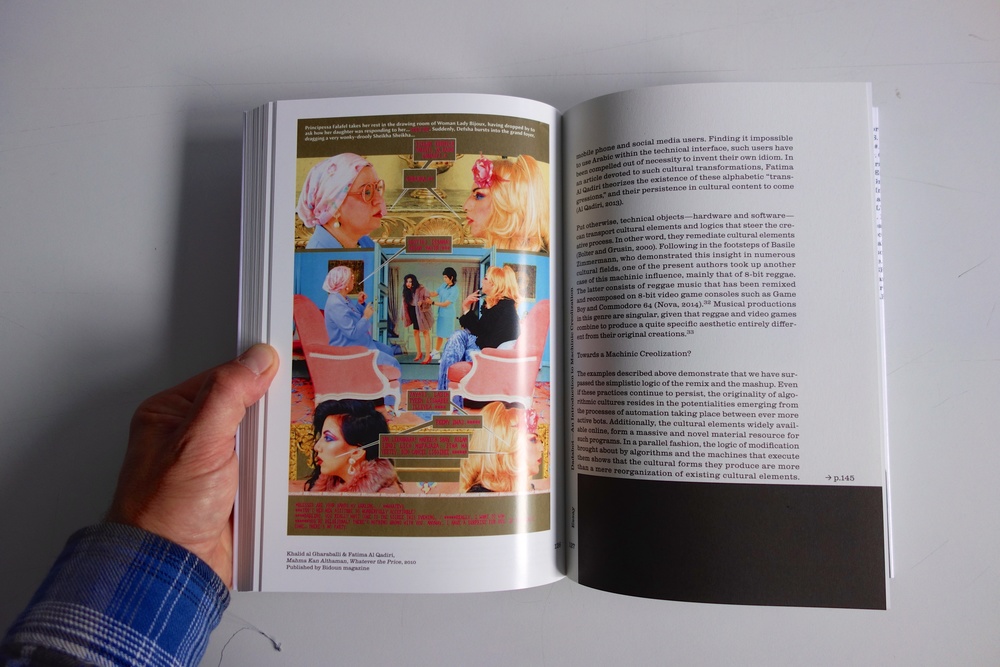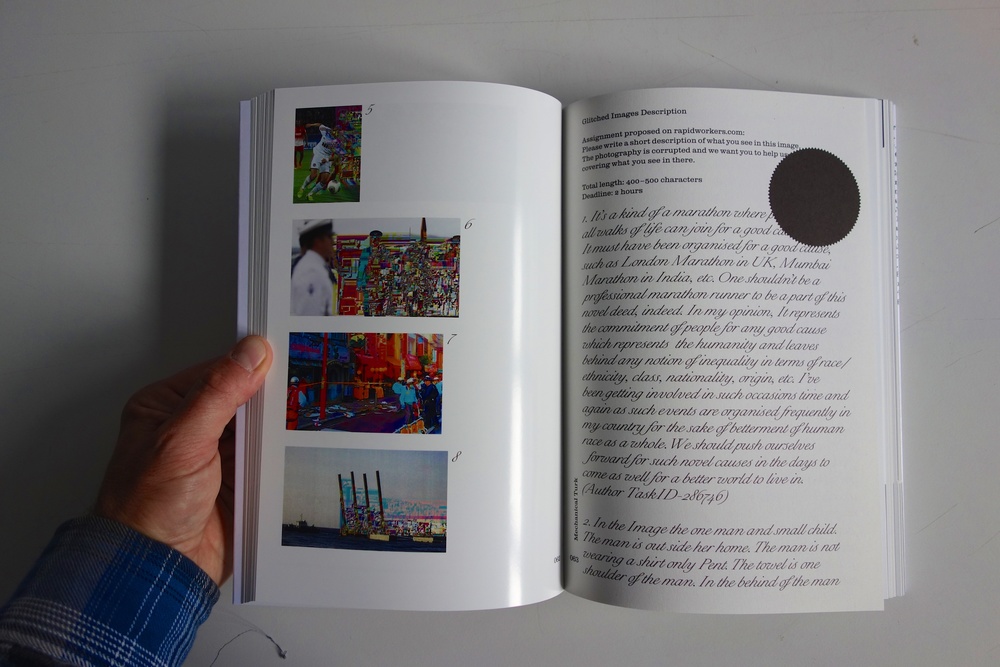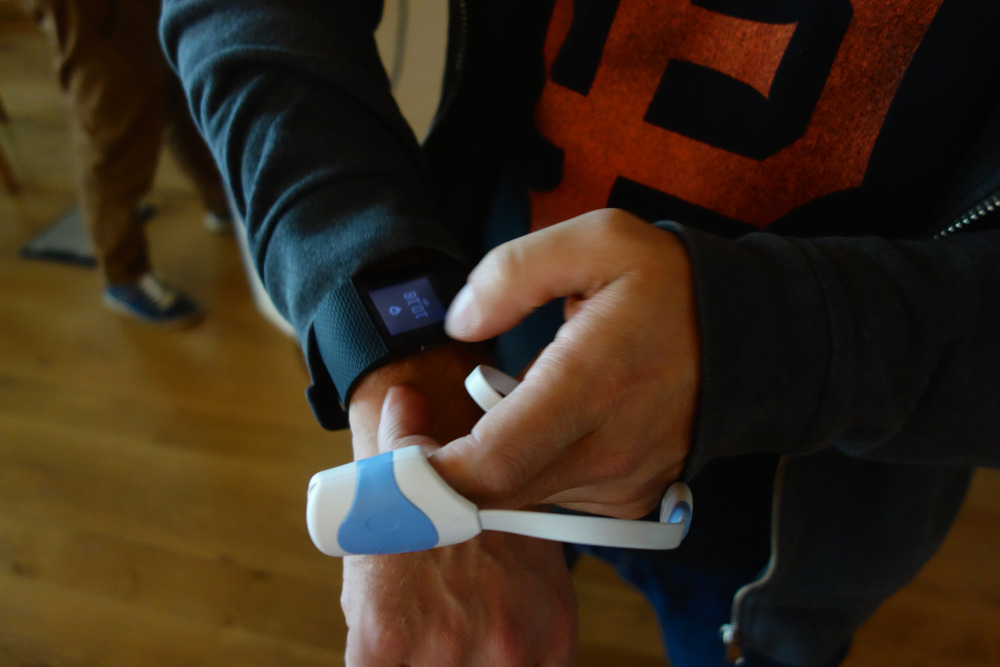So here we are: October 21st 2015. Today marks the arrival date of Marty, Jennifer and Doc in the flying DeLorean. It’s been a long time coming, and there have been a number of hoaxes, but it’s finally here.
Back to the Future Part 2 is a very special movie for me, one of those seemingly incidental but retrospectively pivotal moments in my life. It was 1989 and I was 13, a child of Thatcher’s Britain. Like many children of the 80’s I grew up on a diet of American culture: Knight Rider, the A-Team, rap and graffiti became regular features. I remember the first McDonald’s opening in my hometown (and the queue outside). We played American football in the playground. I skateboarded. I bought a surfboard (despite living 200 miles from the sea).
In parallel with this cultural influx, I was also becoming interested in design, how things worked and how they went together. I would spend entire weekends dismantling old radios and VCR’s, performing autopsies on them. A diet of MacGyver, James Bond and The Goonies had me re-jigging the parts I liberated into homegrown gadgets. Then along came Back to the Future Part 2, filled with American pop culture, nike sneakers, skateboards, robot arms, video games, flying cars and a killer soundtrack. I couldn’t have avoided it if I tried.
Fast forward to today. I live in California. My job is designing the future. I surf occasionally. I have a large skateboard collection. I listen to rap and hip hop… and I still love that movie. Whilst it’s surface charms remain, I now look at it slightly differently. Much of what interests me today, (and much of what we do at the Near Future Laboratory), is concerned with the ways in which we portray the future. I recently spoke at the dConstruct conference in Brighton, and made reference to the movie, and it’s skillful representation of pace layers and accretive spaces, but co-creator Bob Gale sums up their approach nicely in this short interview with Bobby Kim below.
“Our attitude about the future was: the future should be great but the McFly family should still be screwed up. We wanted people to see our future and say ‘cool, I want to live in that future’. You see a lot of these movies that take place in the future and it looks like they tore everything down, everything is gone…you can’t connect with it because it doesn’t look like anything looks like today”
I won’t write too much more here, as there have been countless pieces written about BTTF2, and when we over-analyze we risk destroying the joy in something, but I’ll leave you with this: BTTF2 has a fun story, but more important is the way in which that story is told. As designers, we need to understand that the thing we are designing will exist as part of a system. The more of that system we can render, the better our audience will handle new ideas. In order to believe in the hoverboard, it’s helpful to see the evolution of Pepsi, Nike, Black and Decker and Texaco. In order to relate to the future of video-conferencing it should be shown a little bit broken. In order to believe in the people of the future they should be regular, flawed folks. BTTF2 does all these things very well and should be celebrated.
Happy Back to the Future day

